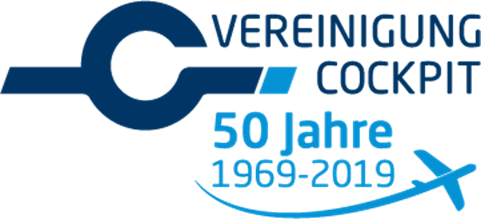
Computer technology is introduced on the flight deck at the beginning of the 1980s. Flight engineers are no longer needed, and airlines gradually switch to aircraft with two-pilot flight decks. VC is unable to stop the rationalization but successfully supports the flight engineers during this time of transition.
Manufacturers and airlines are using new technology and aircraft types to offer more direct flights, especially across the Atlantic. VC draws attention to safety risks and takes a stand in so-called policies (position papers) - on all issues affecting pilots. For example, VC participates directly and indirectly in the regulation and legislation processes.
In the 1980s, aviation experiences a real boom: many people travel by plane, especially package tours with charter flights are popular - despite rising fuel prices and economic recession. The density of traffic in the sky increases and with it increases also the risk of collisions.
The liberalization of the European aviation market also contributes to the rush above the clouds. VC warns of the consequences that can already be observed in the USA: intensified competition, bitter price wars between airlines - and falling technical standards.
In 1988, for example, VC introduces a system with which pilots can anonymously report safety-related incidents. The information is forwarded to IFALPA and NASA stores it in a database.